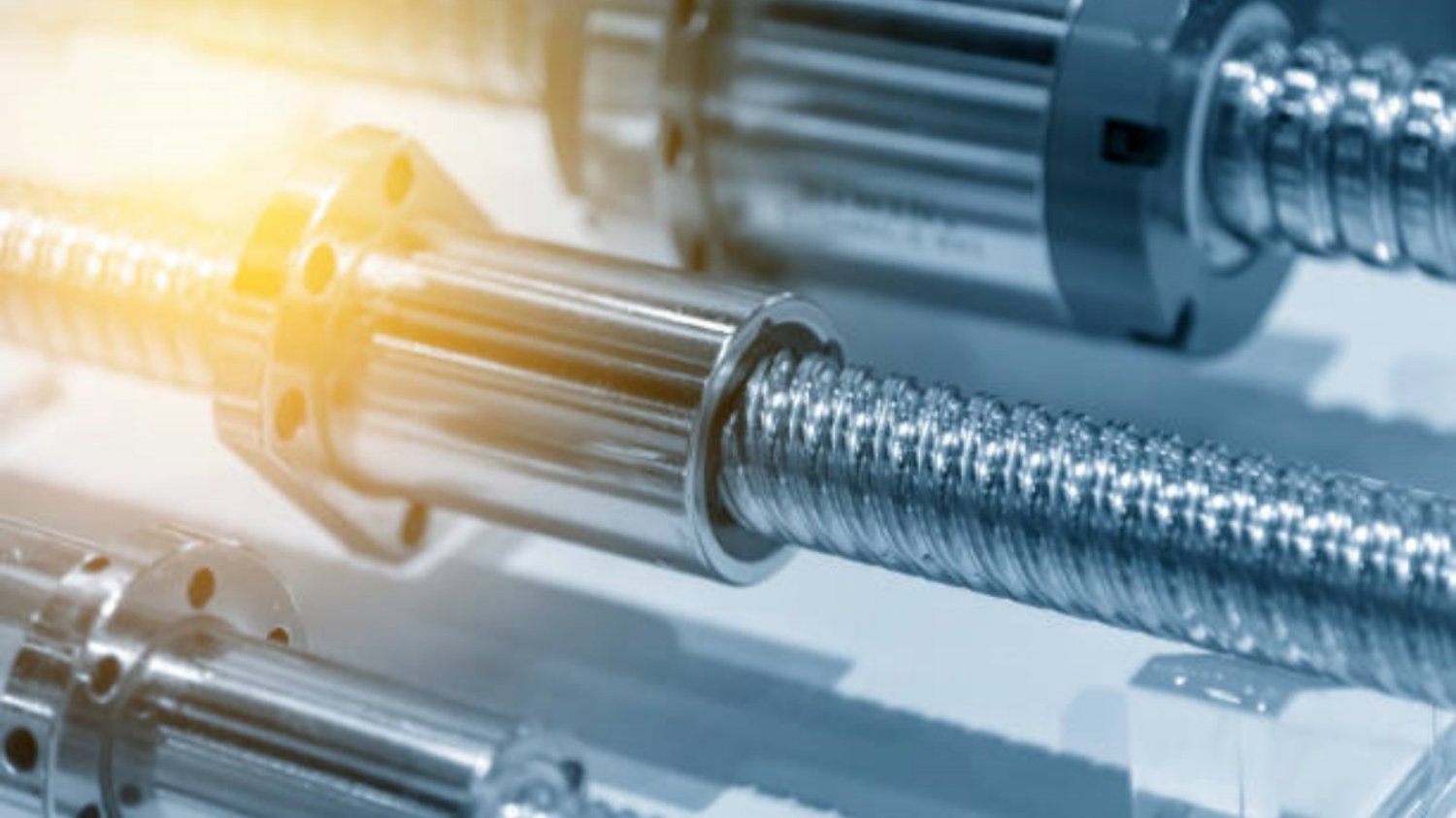What are the defects of coil slitting?
Coil slitting is a process used to cut down large coils of materials into smaller coils. This process is commonly used in industries such as steel, aluminum, and copper. However, improper coil slitting can result in defects that can affect the quality of the end product. In this article, we will explore the various defects that can occur during coil slitting and how to prevent them.
1. Burr formation
One of the most common defects that can occur during coil slitting is burr formation. Burr is an unwanted edge formation that occurs during the cutting process. It can be caused by the improper alignment of the knives or blades used in the slitting process. Burr can affect the quality of the material, as it can cause problems during subsequent processing and installation.
2. Edge cracking
Another defect that can occur during coil slitting is edge cracking. Edge cracking is a result of excessive bending of the strip during the slitting process. This can be caused by improper blade clearance or excessive knife pressure. Edge cracking can affect the quality of the material as it can cause it to break during subsequent processing or installation.
3. Camber
Camber is a defect that results in a curve or bend in the material. Camber can be caused by poor setup of the slitting equipment, improper slitting parameters, or uneven strip tension. Camber can affect the quality of the end product and can result in problems during installation or use.
4. Coil set
Coil set is a defect that results in curling or twisting of the strips. This can be caused by uneven strip tension or improper slitting parameters. Coil set can affect the quality of the end product and can result in problems during installation or use.
5. Width or thickness variation
Another common defect that can occur during coil slitting is variation in width or thickness. This can be caused by improper blade clearance or uneven strip tension. Variation in width or thickness can affect the quality of the end product and can result in problems during subsequent processing or installation.
6. Burr on the ID or OD edge
Burr can also form on the ID or OD edge of the coil. This can be caused by improper blade clearance or improper knife alignment. Burr on the ID or OD edge can affect the quality of the end product and can result in problems during subsequent processing or installation.
7. Jagged or uneven edges
Jagged or uneven edges can occur during coil slitting. This can be caused by poor blade quality, improper blade clearance, or improper slitting parameters. Jagged or uneven edges can affect the quality of the end product and can result in problems during subsequent processing or installation.
8. Poor edge quality
Poor edge quality can occur during coil slitting. This can be caused by poor knife or blade quality, improper knife clearance, or uneven strip tension. Poor edge quality can affect the quality of the end product and can result in problems during subsequent processing or installation.
9. Scratches or marks on the surface
Scratches or marks on the surface can occur during coil slitting. This can be caused by improper knife or blade alignment, poor knife or blade quality, or improper strip tension. Scratches or marks on the surface can affect the quality of the end product and can result in problems during subsequent processing or installation.
10. Material damage
Material damage can occur during coil slitting. This can be caused by improper slitting parameters, poor knife or blade quality, or improper strip tension. Material damage can affect the quality of the end product and can result in problems during subsequent processing or installation.
Conclusion
Coil slitting is an important process in various industries, but it can result in defects if not properly executed. Some common defects that can occur during coil slitting include burr formation, edge cracking, camber, coil set, variation in width or thickness, burr on the ID or OD edge, jagged or uneven edges, poor edge quality, scratches or marks on the surface, and material damage. To prevent these defects, it is important to properly maintain and set up the slitting equipment and use high-quality knives and blades.
coils, slitting, defects, burr formation, edge cracking, camber, coil set, width variation, thickness variation, ID, OD edge, surface, material damage What Are the Defects of Coil Slitting? Improper coil slitting can result in defects that can affect the quality of the end product. Explore the various defects that can occur during coil slitting and how to prevent them in this informative article. coils, slitting machine, coil slitting defects, steel coil defects, aluminium coil defects, copper coil defects, preventing coil slitting defects.

